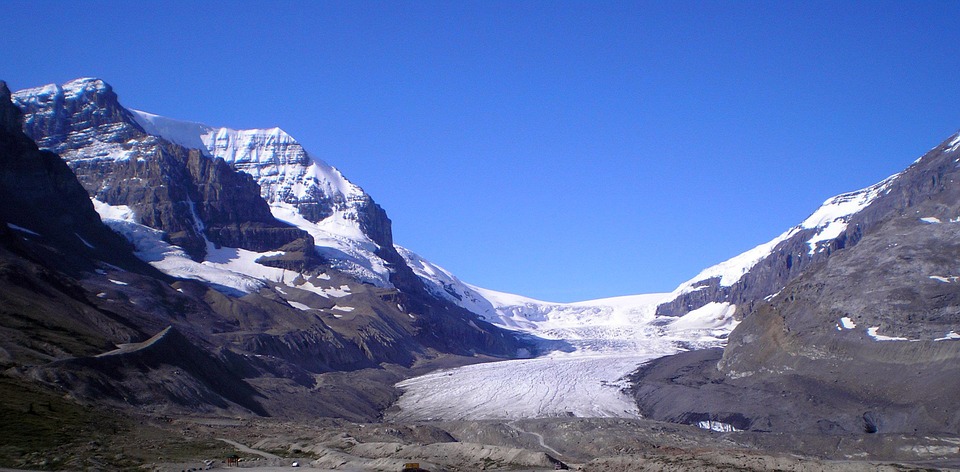A UNBC researcher examined a new trend that has been happening called “Last-Chance Tourism”.
This concept is when people travel to sites effected by climate change, just to get a glimpse at the disappearing landscape. His research touched on what motivates people to travel to areas, like the Athabasca Glacier in Jasper National Park, and the environmental cost it has.
“There’s this desire, it seems, for visitors to attach their legacy and their identity in some way to these iconic landscapes that are under threat,” says Mark Groulx, Associate Professor of Environmental Study.
Other motivations involved people traveling to protected areas just to escape the urban lifestyle, along with wanting to meet other people who share the same values in engaging in a refection together.
Most people who travel to these destinations want to do something about climate change, but going to these landscapes has its downside.
“These individuals are traveling often to very long distances, often by air, contributing a significant amount of carbon emission. Sometime, on an order of magnitude, higher than a typical tourism experience.”
Some visitors do find ways to balance out their desire to take part in last-chance tourism opportunity with a desire to preserve the site.
One positive from this is tourism numbers for small communities, such as Churchill, Manitoba, go up and it contributes to their economy.
Groulx, along with Wilfrid Laurier University Assistant Professor of Geography and Environmental Studies Dr. Chris Lemieux and researchers at the University of Alberta, University of Ottawa, and Lincoln University in New Zealand, recently published their latest findings in the journal Environmental Communication
Something going on in the Prince George area you think people should know about?
Send us a news tip by emailing [email protected].






